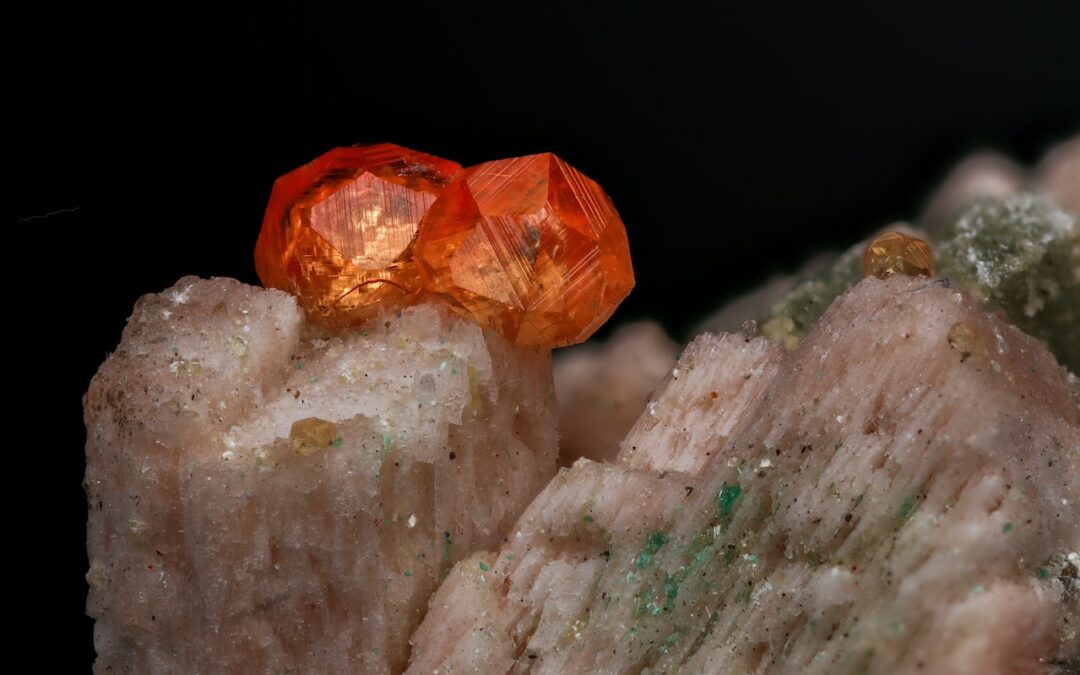


The Materials: Eurojersey lowers its impact and partners with Humana
This post was originally published on The Spin OffEurojersey releases its fourth Footprint Report 2023 and partners with...
Material Guide: How Sustainable Is Hemp Fabric?
Our editors curate highly rated brands that are first assessed by our rigorous ratings system. Buying through our links may earn us a commission—supporting the work we do. Learn more. Once considered a niche fibre for clothesmaking, hemp has undergone an image transformation in recent years as shoppers and brands realise its versatility, strength, and […]
The post Material Guide: How Sustainable Is Hemp Fabric? appeared first on Good On You.

Hurricane Francine Reaches Louisiana, Bringing Strong Winds and Heavy Rain to Wider Gulf Coast
Tropical Storm Francine strengthened into a Category 1 hurricane as it moved through the Gulf of Mexico Tuesday night, with maximum sustained winds of 85 miles per hour and gusts of up to 101 mph recorded by an oil platform Wednesday morning, the National Hurricane Center said. The storm prompted Louisiana residents to move inland, […]
The post Hurricane Francine Reaches Louisiana, Bringing Strong Winds and Heavy Rain to Wider Gulf Coast appeared first on EcoWatch.

National Park Service Warns Visitors About Impacts of Discarded Food, Such as Cheetos, on Ecosystems
Following the littering of a bag of Cheetos at Carlsbad Caverns National Park in New Mexico, officials are highlighting how even seemingly small amounts of litter can have huge, detrimental impacts on fragile ecosystems. In a post on Facebook shared on September 6, Carlsbad Caverns National Park officials explained how a single bag of Cheetos, […]
The post National Park Service Warns Visitors About Impacts of Discarded Food, Such as Cheetos, on Ecosystems appeared first on EcoWatch.
